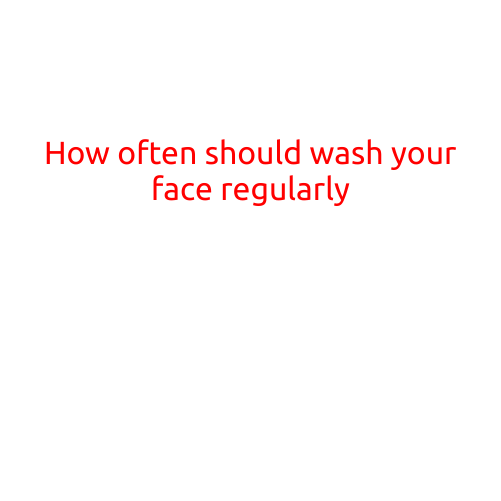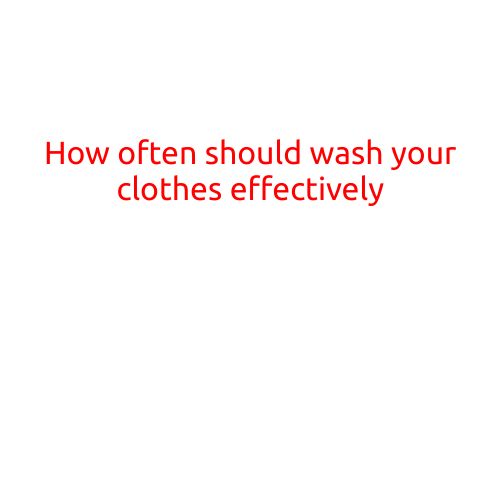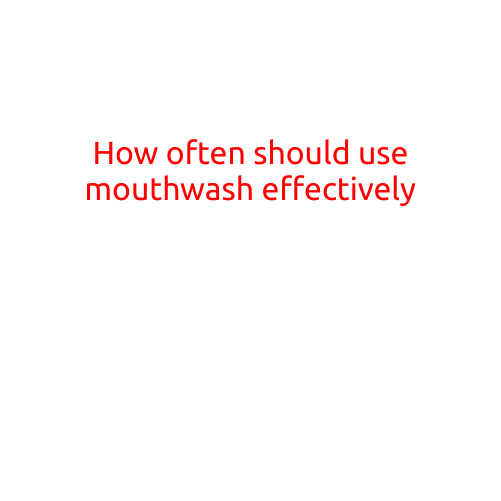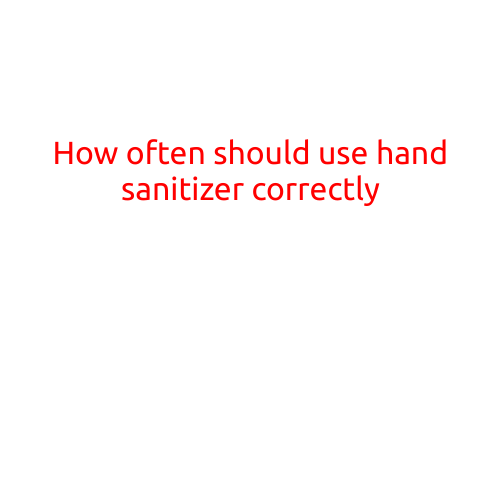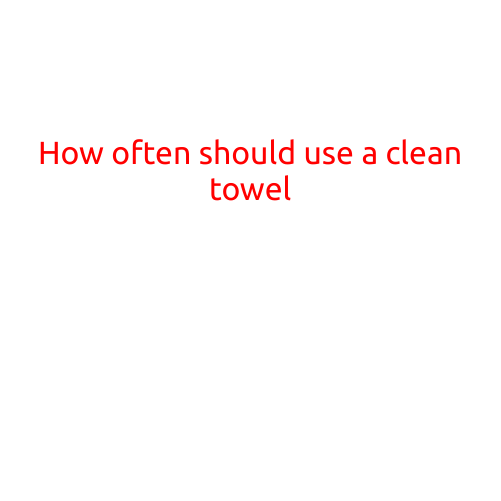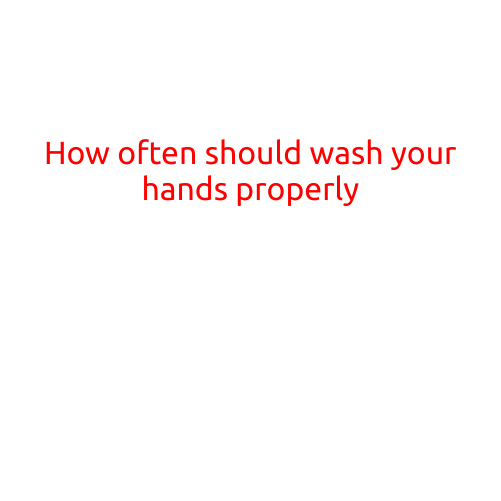
How Often Should You Wash Your Hands Properly?
Washing your hands is one of the simplest and most effective ways to prevent the spread of illnesses and infections. According to the World Health Organization (WHO), hand hygiene is the most important factor in preventing the spread of infections in healthcare settings. In fact, a study conducted by the Centers for Disease Control and Prevention (CDC) found that handwashing with soap and water can reduce the risk of respiratory infections by 16% to 21%.
But how often should you wash your hands? And what’s the proper way to do it? In this article, we’ll explore the answers to these questions and provide you with practical tips on how to keep your hands clean and germ-free.
How Often Should You Wash Your Hands?
The frequency of handwashing depends on your environment, activities, and individual circumstances. Here are some general guidelines:
- Before and after touching animals or their waste: Wash your hands immediately after touching animals, their food, or their waste to prevent the risk of zoonotic diseases (diseases transmitted from animals to humans).
- Before and after caring for someone who is sick: Wash your hands frequently when caring for someone who is sick, especially after blowing their nose, coughing, or sneezing.
- Before and after preparing or eating food: Wash your hands before and after handling food to prevent the risk of foodborne illnesses.
- After using the bathroom: Wash your hands after using the bathroom to prevent the spread of bacteria and other microorganisms.
- After blowing your nose, coughing or sneezing: Wash your hands after blowing your nose, coughing, or sneezing to prevent the spread of respiratory infections.
- After touching garbage or chemicals: Wash your hands immediately after touching garbage or chemicals to prevent the risk of infection or chemical contamination.
The Proper Way to Wash Your Hands
Here’s how to wash your hands effectively:
- Turn on the faucet and wet your hands: Turn the faucet on to warm water and wet your hands.
- Apply soap: Apply enough soap to cover your hands, making sure to lather it up well.
- Rub your hands together: Rub your hands together to create friction and spread the soap evenly.
- Focus on high-touch areas: Pay particular attention to high-touch areas such as the backs of your hands, wrists, between your fingers, and under your nails.
- Scrub for at least 20 seconds: Scrub your hands for at least 20 seconds to ensure that you’re removing all germs and bacteria.
- Rinse thoroughly: Rinse your hands thoroughly with warm water to remove all soap residue.
- Dry your hands: Dry your hands completely with a clean towel or air dryer.
Additional Tips
- Use a thermometer: Use a thermometer to check the water temperature. It should be comfortable for your hands.
- Use a hand sanitizer: If soap and water are not available, use a hand sanitizer that contains at least 60% alcohol.
- Avoid touching your face: After washing your hands, avoid touching your face, especially your eyes, nose, and mouth, as this can spread germs to your eyes, nose, and mouth.
- Keep your nails short: Keep your nails short to prevent dirt and germs from accumulating under your nails.
Conclusion
Washing your hands is one of the simplest and most effective ways to prevent the spread of illnesses and infections. By following the guidelines on how often to wash your hands and the proper way to do it, you can keep your hands clean and germ-free. Remember, it’s always better to err on the side of caution and wash your hands frequently, especially in high-risk situations.
